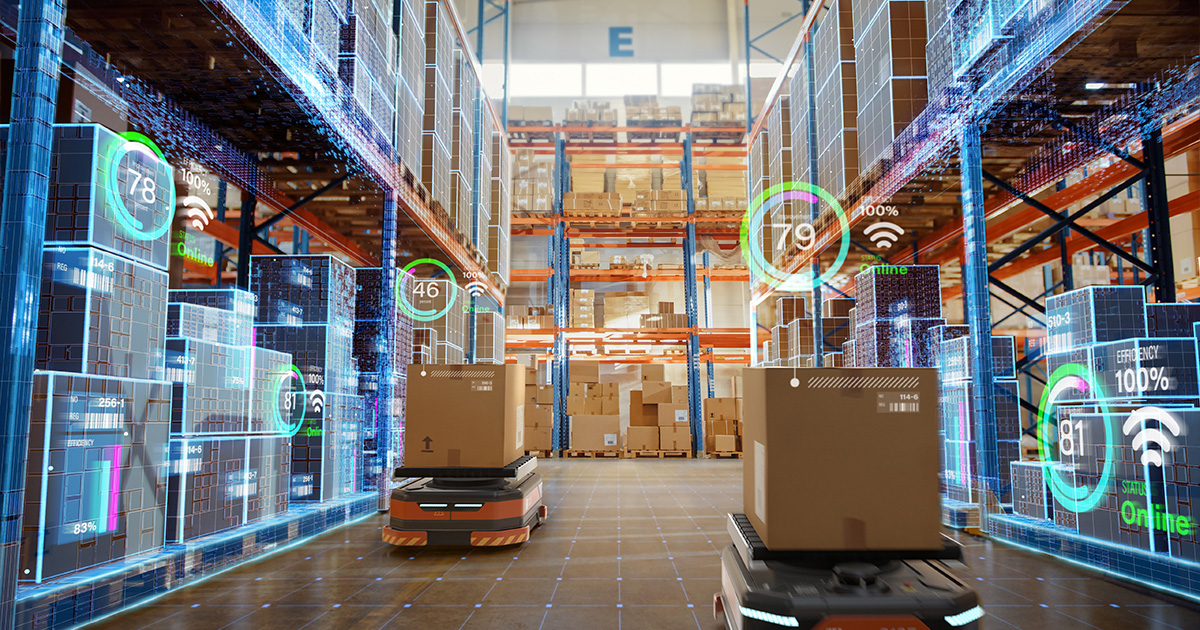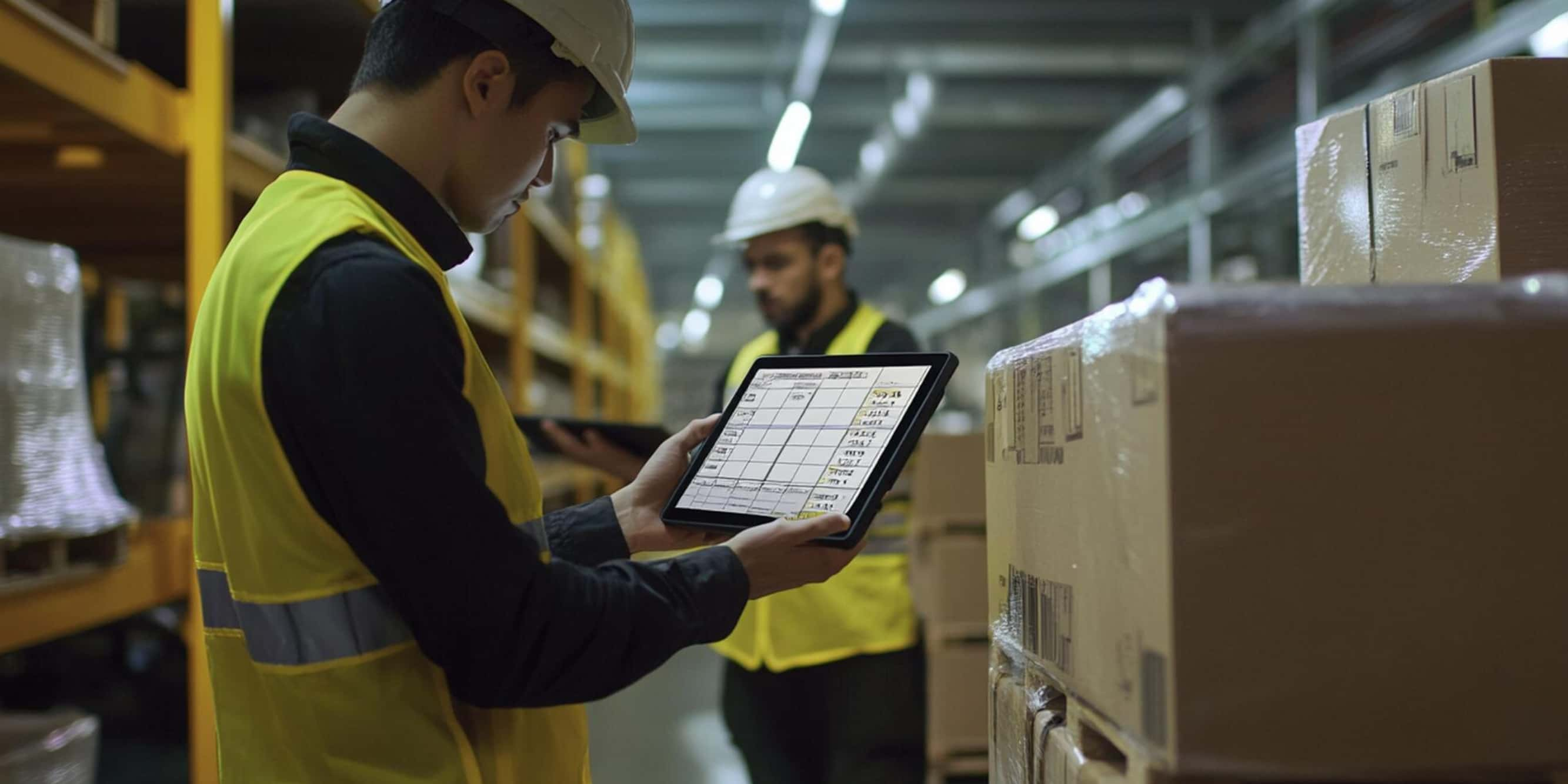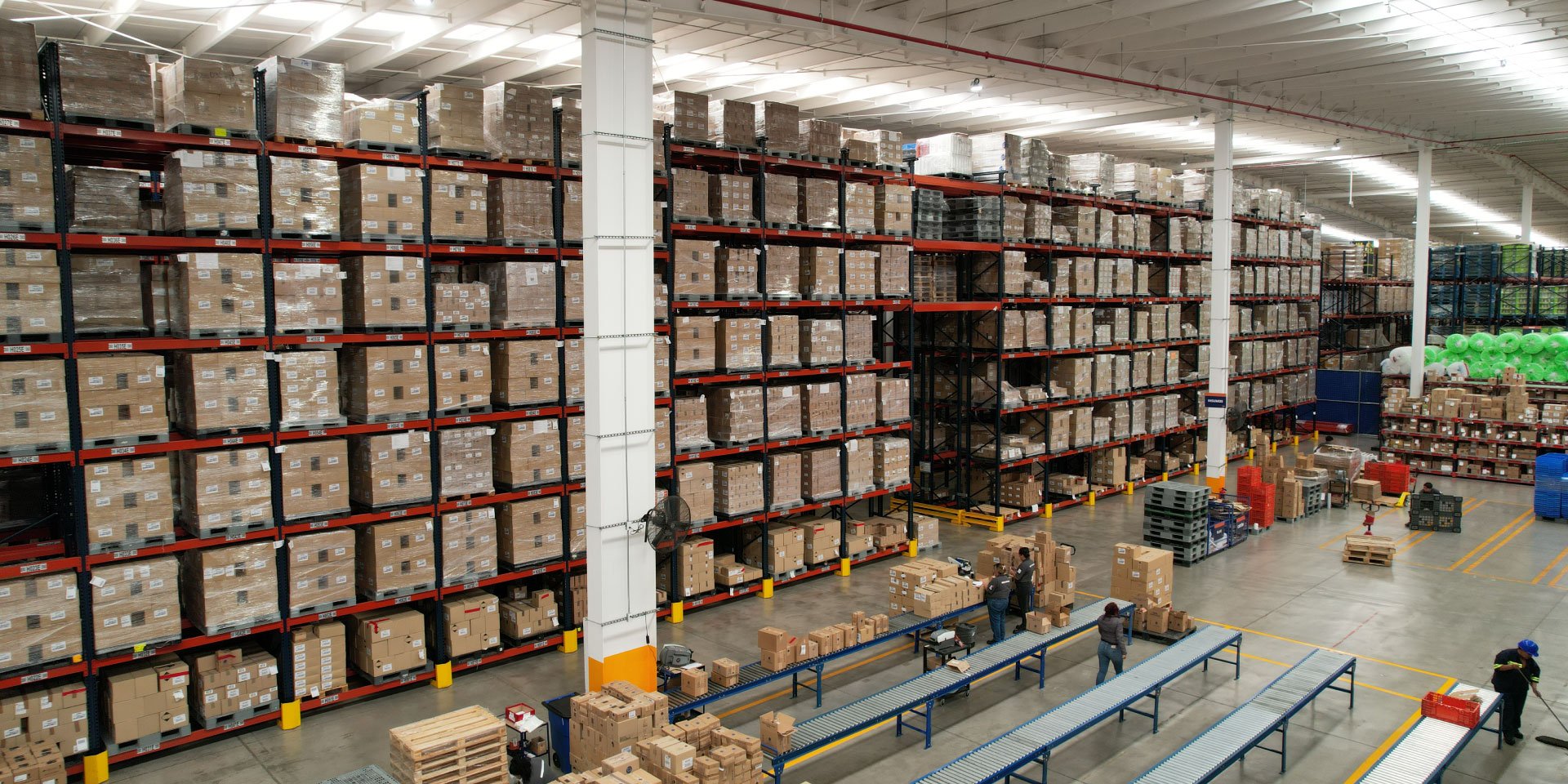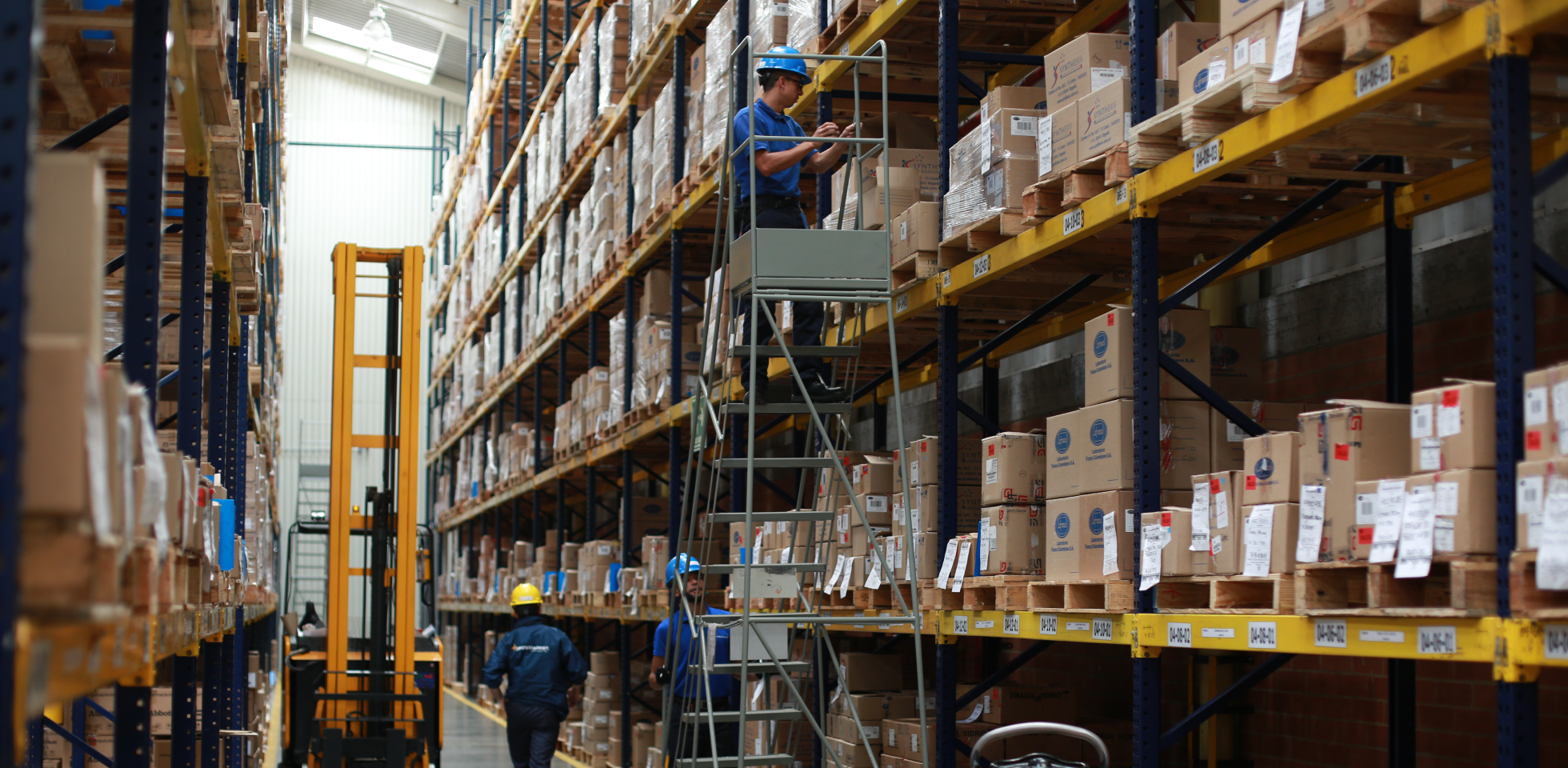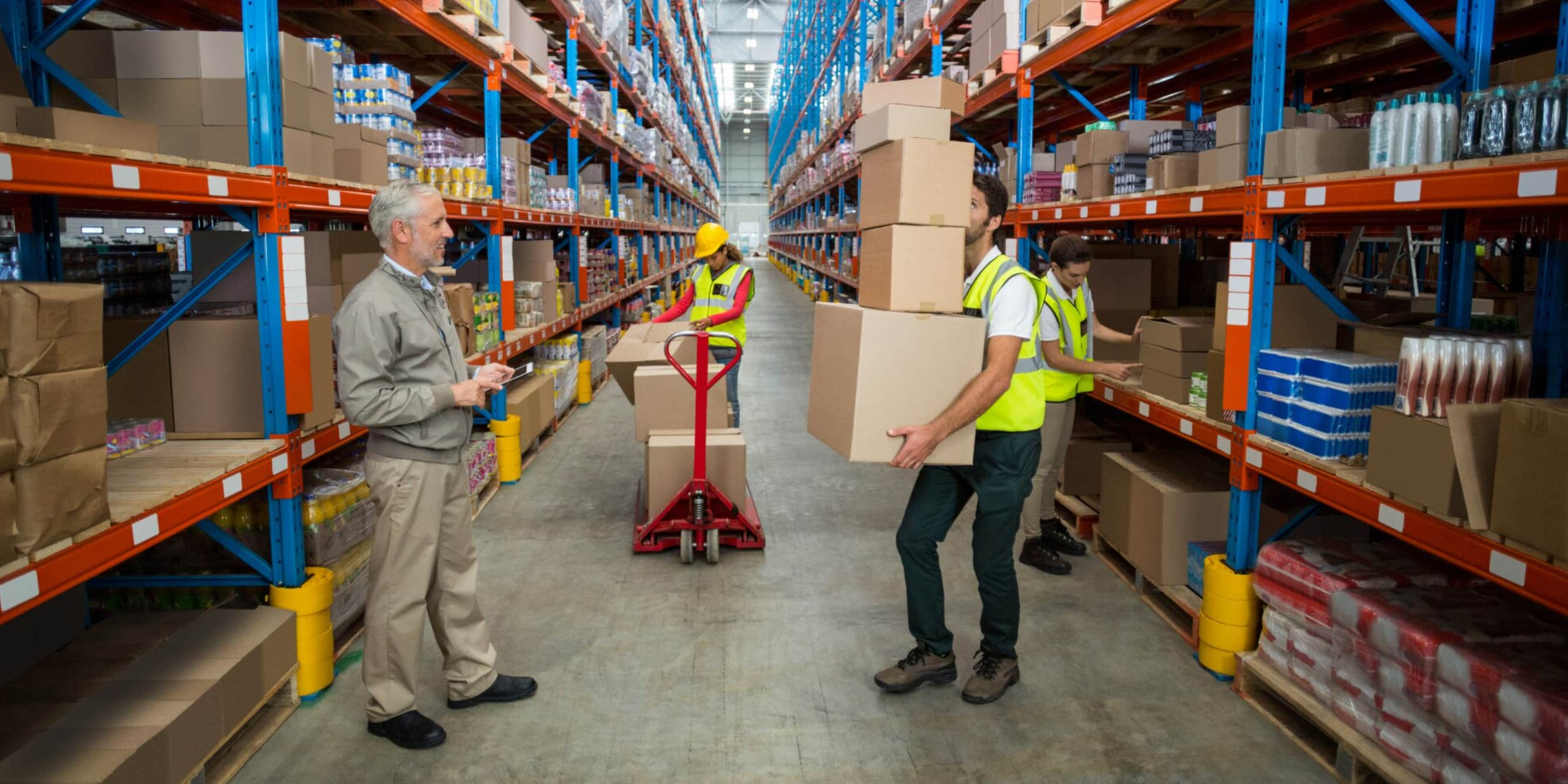If we are seeking to manage inventories to the best of today's possibilities, in an increasingly automated world, it is no longer sufficient to follow a Warehouse Management System (WMS).
Considering the fluctuations of global supply chains, and that the complexity of inventory goods flow within distribution centers is increasing, more advanced capabilities are needed: those of a WES system.
Nowadays, logistics centers need complete inventory visibility. In addition, they may have multiple automation spaces, with subsystems such as automated storage and retrieval solutions (AS/RS) or robotic goods-to-person (GTP) systems, which may include a software that manages some aspects of the inventory, along with storage and containers location features.
Further on, getting these subsystems to interact seamlessly with the WMS in real-time, as well as the timely SKUs replenishment needed by multiple selection systems, requires something else, and so warehouse execution system (WES) software has evolved.
Measuring the goods flow around orders release is another WES benefit, a software category that sits between automation and WMS, and offers a combination of vendors, including some WMS vendors.
In today's distribution, processes, and systems more and more need to be synchronized for the product flow. And, once this is not effectively done, it will cause bottlenecks. So, even that core inventory management features in WMS are still important, when it comes to measuring inventory flow for automation, things are changing into a more agile approach to orders release.
Advantages of a highly automated inventory control system
Optimal automation systems offer:
- The certainty of complying with standards and regulations
- A great risk of error reduction
- More operational efficiency
- Relevant time reduction
How WES can help you
The primary WES use is to create a leveled workflow, managing orders release to processes and systems in the warehouse, taking full advantage of robotics and machinery.
Usually, the WMS is still the primary recording system for most inventory data and warehouse transactional base for receiving, storage and cross-docking processes, while WES, with its real-time monitoring of inventory levels, is increasingly being implemented for intelligent orders release, as it allows the leveling of loads and pulling work through a warehouse, and then allocating inventory and replenishment.
The WES orchestration feature is remarkable, as it verifies orders, analyzing resources and inventory availability in order to assign work, and it also triggers the necessary inventory allocations, so that with the fewest SKUs and inventory replenishments operation presents a maximum performance.
More applied intelligence
The advantage of letting WES do the task is that you can look at the entire workflow and inventory in a more holistic way, not just at what one goods-to-person system does, but all the other automated and manual systems, and also manage the entire goods flow.
The WES capability communicates and exchanges information with automation systems to smartly organize orders, so it is possible to know the automation status, current inventory levels, and it counts on logic and rules to prioritize which system to assign work to. It can also dynamically change the work routing, that is, it takes decisions in real-time, what allows it to respond and optimize the entire process.
For example, a WES may detect congestion in a wall placement system and temporarily route the work usually processed by that wall placement using some alternative method, such as a cart selection process. Further on, as soon as the congestion clears in the put-wall system, WES assigns work back to it. In other words, there is more use of intelligence and machine learning to take advantage of all optimization opportunities and determine what to dispatch, when to dispatch and when to replenish.
Finally, having WMS and WES fully integrated ultimately ensures the scalability of warehouse operations as it grows bigger.
